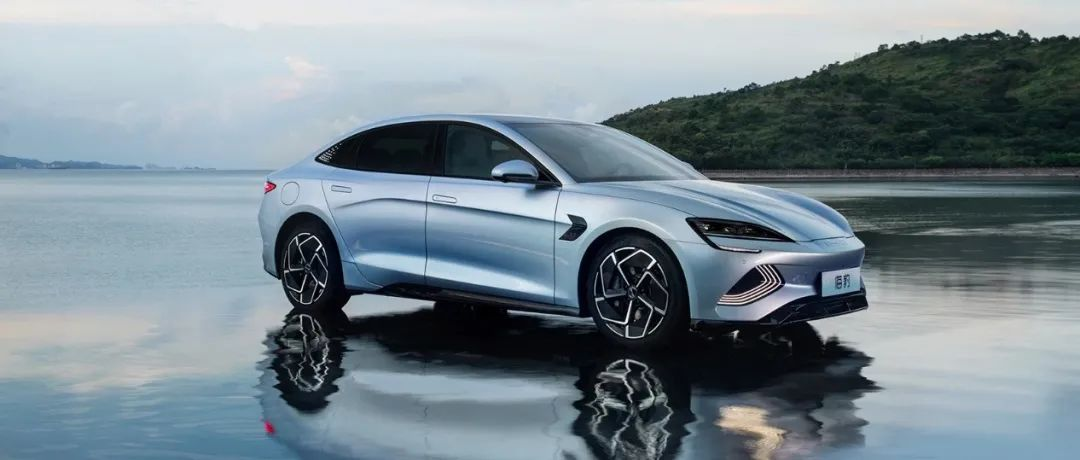Article | Overtaking in the Bend
Editor | Zhou Changxian
On July 21, BYD Japan Corporation held a brand launch event in Tokyo, announcing their official entry into the Japanese passenger car market.
At the event, three models that will enter the Japanese market were showcased: Yuan PLUS, Dolphin, and Sea Lion. In terms of overall technology, Sea Lion is clearly the big brother as it represents the culmination of BYD’s e-platform 3.0 technology.
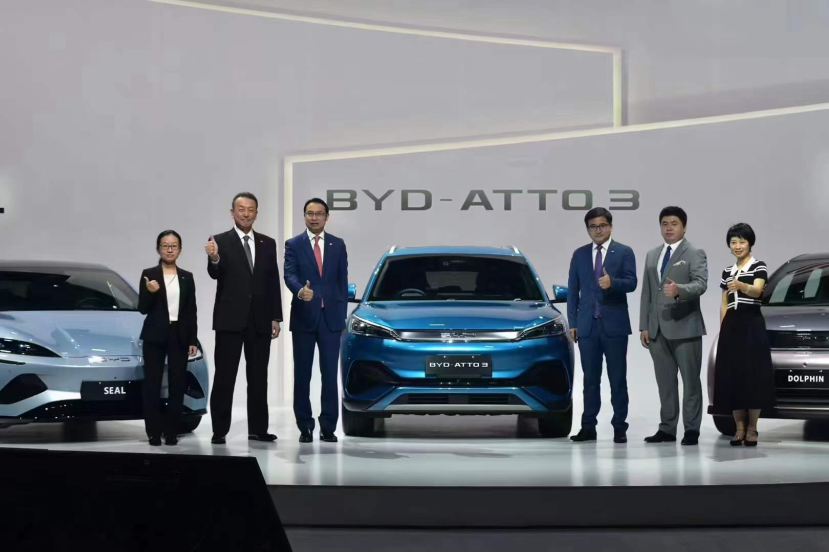
Eight days later, Sea Lion was officially released in China, offering a total of four models with a price range of RMB 209,800 to 2,868,000. What kind of strength and charm does this big brother that entered the Japanese market first possess?
Being excellent in all aspects is not only about range and energy consumption
Today, some electric vehicle brands are still talking about traditional indicators such as range and energy consumption, which is not wrong, of course.
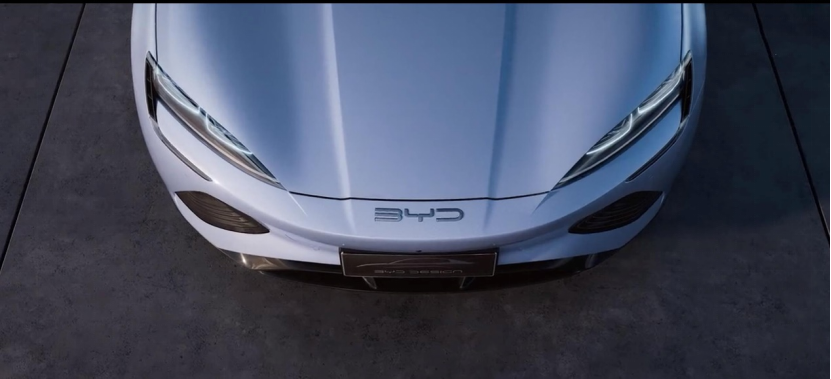
However, if companies only focus on improving range through simple methods such as increasing battery capacity, but sacrificing power, handling, and other performance factors, they are putting the cart before the horse.
BYD, with over a decade of experience in the new energy field and a focus on technological innovation, is clearly not satisfied with this approach. Sea Lion is a prime example of this. By utilizing core technologies such as e-platform 3.0, CTB battery-body integration, iTAC intelligent torque distribution, and blade batteries, Sea Lion has achieved a great leap forward in terms of its technology.
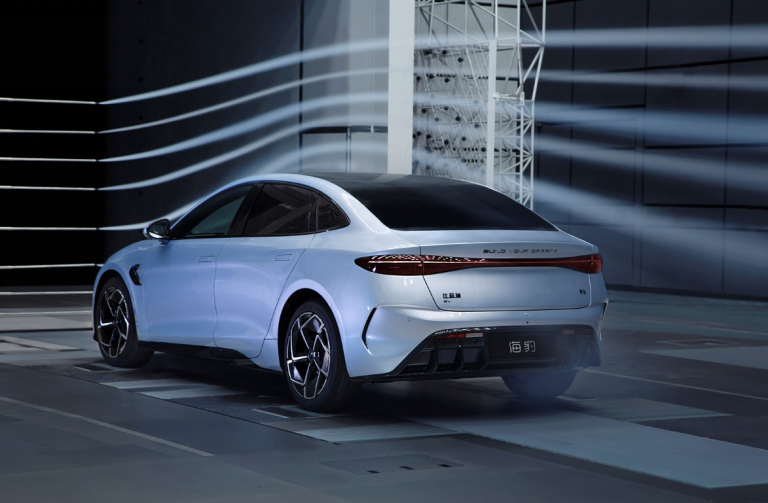
Indeed, electric vehicles should fully utilize their advantages and surpass fuel vehicles in terms of aspects such as body rigidity, handling balance, and four-wheel drive performance. Of course, excellent range and energy consumption are also basic requirements.
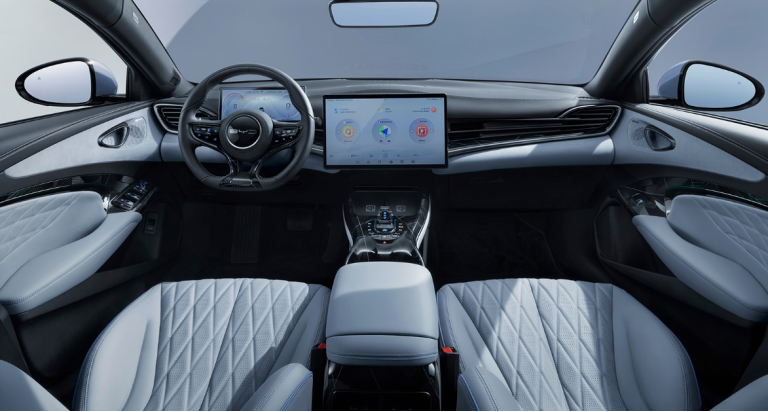
The blade battery speaks for itself. Currently, BYD Sea Lion offers two battery capacities: 61.4kWh and 82.5kWh, which are configured into three combinations: a 550km standard-range rear-drive version, a 700km long-range rear-drive version, and a 650km four-wheel drive performance version.
Even the entry-level standard version only takes 7.5 seconds to accelerate from 0 to 100km/h, the long-range version only takes 5.9 seconds, and the four-wheel drive performance version is an astonishing 3.8 seconds, surpassing the Telsa Model 3 Performance version.The saying goes, “You can’t have your cake and eat it too.”
CTB, the mother body, brings comprehensive performance improvement
As we all know, in the era of fuel-powered vehicles, the role of the chassis or platform is to be superior to engine power. In other words, the safety, handling, and upgrade of a vehicle all depend on chassis technology.
In the era of electric vehicles, brands that pursue all-around vehicle performance can’t ignore the role of the chassis. The reason why BYD Dolphin can bring comprehensive performance improvement in all aspects is also due to the chassis as the mother body, specifically, the CTB (Cell to Body) battery body integrated technology.
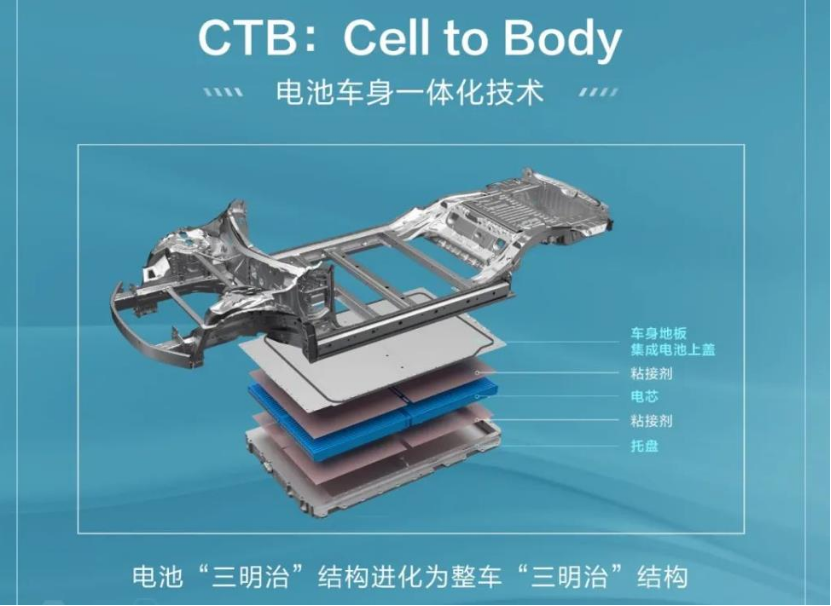
The CTC (Cell To Chassis) technology is the innovative idea of integrating the battery module with the lower body design. In simple terms, it is to integrate the battery cells into the chassis, and the battery pack’s casing is also part of the cockpit floor structure. And BYD’s CTB technology can go further because they make the entire blade battery themselves, which allows for a high degree of integration.
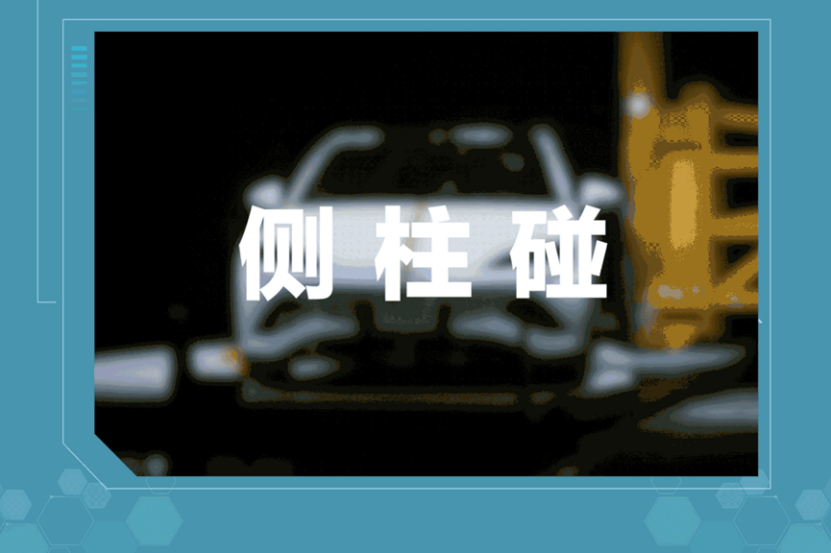
The advantages are obvious, such as saving space, reducing costs, increasing battery density, and the thinner chassis can increase legroom for passengers. The vehicle height is reduced by 10mm, making the overall shape look lower and sportier, improving aerodynamic performance and visual effects. And the miraculous “sandwich” structure of CTB battery body integrated technology, with the upper cover plate and the lower plate sandwiching the blade battery cells, has far more benefits than these.
Since the CTB power battery is both an energy body and a structural component of the vehicle, it not only simplifies the vehicle structure and production processes but also achieves lightweighting while improving vehicle rigidity.
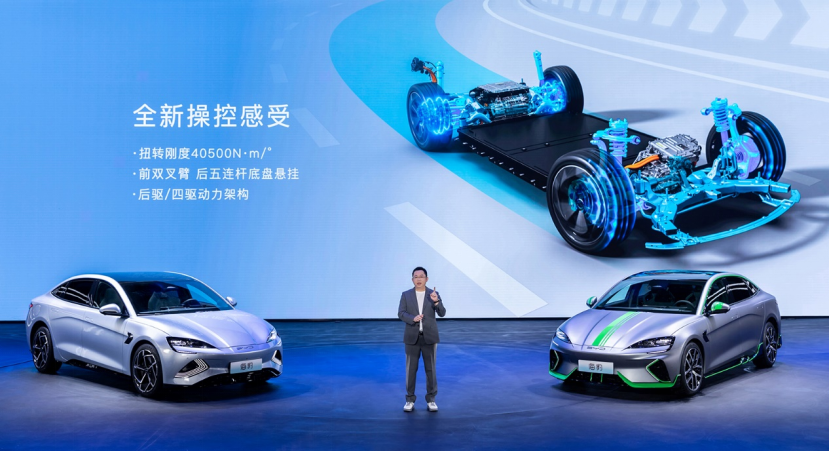
How high is the Dolphin’s body torsional stiffness? It reaches 40500Nm/°. You should know that the mainstream luxury sports intermediate vehicles on the market generally have a body torsional stiffness of around 29000Nm/°. For example, the all-new Land Rover Defender, designed for off-roading, has a body torsional stiffness of 30000Nm/°.
Improved vehicle rigidity not only directly improves vehicle crash safety but also widens the handling limit, providing an excellent platform for vehicle comfort and NVH performance.
iTAC intelligent torque distribution system that fuel-powered vehicles cannot achieve
Industry insiders know that besides the Electronic Stability Program (ESP), the only way to stabilize the dynamic of an out-of-control vehicle is to reduce the power output of the corresponding wheels. While some luxury four-wheel drive systems can achieve torque transfer, fuel-powered and mechanically transmitted four-wheel drives often have slower responses. So, in the era of electric cars, have any manufacturers come up with a better solution? Yes, it’s BYD.
BYD has taken advantage of the fast response speed of electric motors and turned it into advanced four-wheel drive control technology, which is the iTAC intelligent torque control technology that is first fitted in the Sea Lion.
The traditional four-wheel drive system determines wheel slippage based on wheel speed sensors. iTAC adds a motor rotation speed sensor to the wheel speed sensor to further improve the accuracy of wheel slip recognition by making full use of the advantages of the electric motor’s fast response speed and precise speed adjustment.
In the face of slippage, iTAC’s recognition accuracy is increased by over 300 times, and it can predict the trend of tire rotation speed changes more than 50 milliseconds in advance. That is to say, when there is a traction abnormality at the wheel end, but there is no slippage yet, the system has already identified the abnormality and made adjustments in advance to stabilize the vehicle.
Moreover, when it predicts that the vehicle is about to slip, iTAC can transfer torque from the low adhesion wheel end to the high adhesion wheel end, and even output negative torque to the low adhesion wheel end to increase the torque on the high adhesion wheel end. This operation is particularly effective on wet and slippery rainy days and icy and snowy roads in the north in winter.
With CTB+iTAC and the Sea Lion’s first-ever front double-wishbone and rear five-link independent suspension, this new car built on the e-platform 3.0, measuring 4800×1875×1460mm in length, width, and height, with a wheelbase of 2920mm, and size bigger than a Tesla Model 3, is undoubtedly a master of handling.But, based on the advantages of iTAC, I suggest you choose the sea lion four-wheel drive performance version. On the day of its launch event, BYD announced that the Sea Lion 650km four-wheel drive performance version can obtain the iTAC intelligent torque distribution system through OTA upgrade.
Beauty is not everything, but it must be beautiful
As some people say, “looks are everything.” For cars, it is true in some ways.
In September of last year, BYD released the concept car Ocean-X, which adopted the design concept of “ocean aesthetics”. The BYD Sea Lion is the most beautiful production version of this concept car.
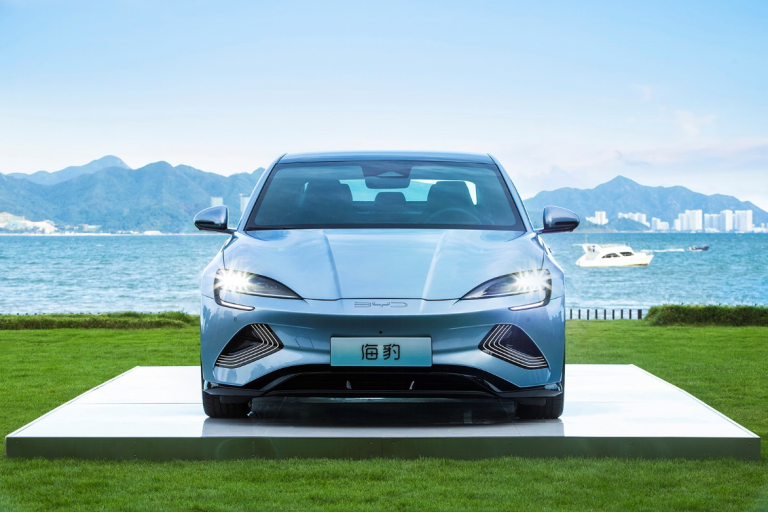
This sporty and low-profile car recorded a drag coefficient of only 0.219Cd in wind tunnel testing at China Automotive Technology and Research Center (Chongqing). What does this concept mean? For a simple comparison, the drag coefficient of the BMW i4 is 0.24 Cd, that of the Changan Shenlan C385 is 0.23Cd, and that of the XPeng P7 is 0.23Cd.
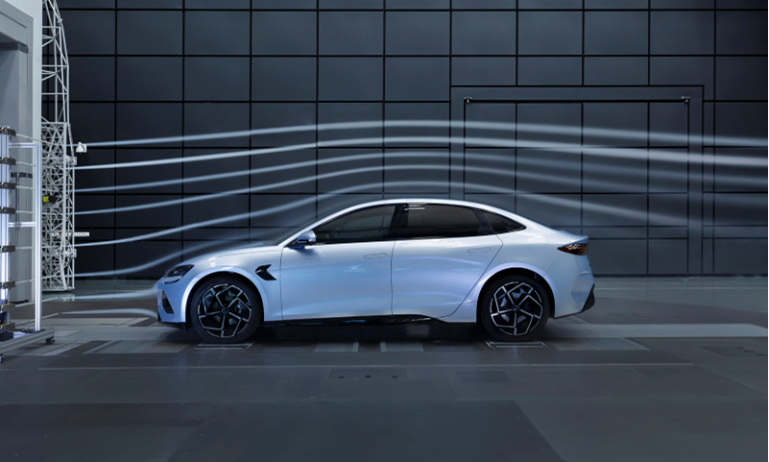
According to BYD’s official announcement, Sea Lion orders have exceeded 60,000 units, and the new car will begin delivery in August. Currently, the Changzhou factory is working at full capacity to increase production.
Don’t just hesitate, take action when it’s time to do so.
This article is a translation by ChatGPT of a Chinese report from 42HOW. If you have any questions about it, please email bd@42how.com.
